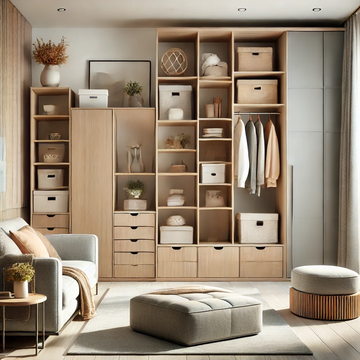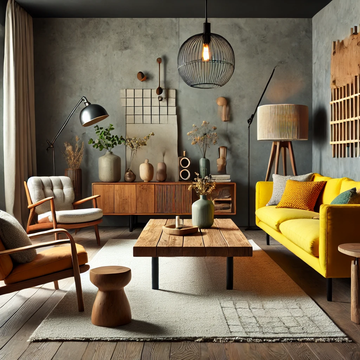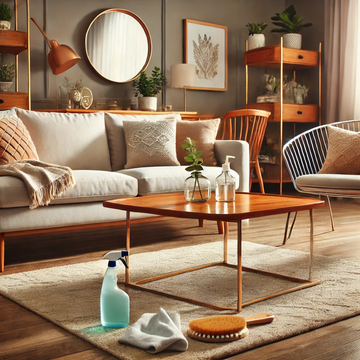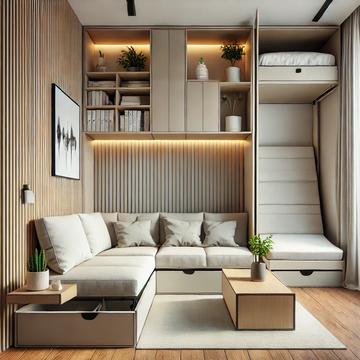Why Babyproofing is Crucial
Let’s face it—our little explorers have an amazing knack for finding trouble. It seems like as soon as they start crawling, they’ve got a radar for anything potentially dangerous. I remember the first time my baby rolled over and reached for the electrical socket; I was a bundle of nerves. Babyproofing is not just about avoiding accidents; it's about giving you peace of mind so you can focus on those sweet baby giggles rather than worrying about safety hazards.
This guide will walk you through all the essential tips for making your home a safer place for your baby. From securing furniture to keeping dangerous items out of reach, we’ll cover everything you need to know. Ready to get started? Let’s dive in!
Understanding Babyproofing Basics
Baby’s Developmental Stages
As your baby grows, so do their capabilities. One minute, they’re just starting to sit up, and the next, they’re trying to climb the furniture. Understanding these stages helps you anticipate what kinds of safety measures you'll need. My own experience was a constant race to keep up with my little one's new skills—what worked one month might need adjusting the next.
Identifying Common Risks
Every home has its hazards, and they can often be quite subtle. Think about those sharp corners on furniture or the cleaning supplies under the sink. By recognising these risks early on, you can prevent a lot of potential accidents.
Safety Measures for Different Areas of the Home
Living Room
Your living room might seem like a safe space, but it’s actually full of hidden dangers. Secure heavy furniture to the wall so it doesn’t tip over. And don’t forget those sharp corners—corner protectors can be a lifesaver. I’ve lost count of how many times my own child tried to stand up by pulling on a table, only to be met with a painful bump.
Kitchen
The kitchen is a hotspot for babyproofing. Use stove guards to keep tiny fingers away from hot surfaces and install cabinet locks to keep harmful substances out of reach. It’s all too easy for a curious little one to grab a sharp knife or spill cleaning chemicals.
Bedroom
Crib safety is crucial—make sure the mattress fits snugly, and keep all toys and loose bedding out of the crib. Also, use outlet covers to prevent little fingers from exploring electrical sockets. I remember frantically searching for all those tiny plastic covers after my baby started crawling, so don’t make the same mistake!
Bathroom
Bathrooms are another area where safety can't be overlooked. Install toilet locks to prevent accidental drownings and use non-slip mats in the bath. Keeping medicines and toiletries securely stored can avoid a lot of stress. Nothing beats the worry of thinking your baby might get into something dangerous.
Stairs and Hallways
If you have stairs, make sure to install safety gates at both the top and bottom. Hallways should be free from tripping hazards like loose rugs or cords. It’s easy to overlook these areas until your little one starts moving around with more confidence.
Outdoor Safety
Yard and Garden
Your yard should be a safe place for your child to play. Ensure fences are secure and gates are closed properly. Also, keep outdoor equipment and chemicals well out of reach. I once found my child attempting to play with the garden hose—it’s all too easy for them to find trouble outside!
Car Safety
Choosing the right car seat is essential, and it should be installed correctly. Make sure you’re up-to-date with the latest safety standards. Safe travel means fewer worries when you're on the road with your little one.
Babyproofing Products to Consider
Safety Gates
Safety gates are crucial for blocking off areas you want to keep off-limits. Choose gates that are sturdy and fit well in your doorways.
Cabinet and Drawer Locks
Cabinet locks keep dangerous items out of reach. They come in various types, so pick ones that suit your cabinets and drawers.
Outlet Covers and Cord Organisers
Outlet covers prevent curious fingers from getting shocked, and cord organisers keep those tangled cords away from little hands.
Corner Protectors
These are perfect for sharp furniture edges. Stick them on all the corners your baby might bump into.
Regular Safety Checks
Periodic Home Inspections
It’s not a one-time job. Regularly check your home for new hazards as your baby grows. What seemed safe a few months ago might not be so now.
Keeping Up with Developmental Changes
As your baby becomes more mobile and curious, adjust your safety measures accordingly.
Wrapping It Up
Creating a safe environment for your baby takes some effort, but it’s worth every bit. Each precaution you take helps protect your little one and gives you a bit more peace of mind. As you go about babyproofing your home, remember that safety is an ongoing process. Keep those baby giggles coming while you enjoy the peace of knowing your home is as safe as it can be. Ready to get started? Your baby’s safety and your peace of mind are just a few steps away!




